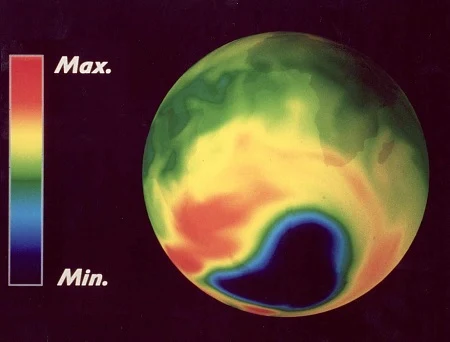The Montreal Protocol saved the ozone layer
 |
| AFP |
This agreement, signed in 1987, made it possible to avoid a temperature increase of 2.5 ° C. A success in terms of international environmental negotiations.
In the 1970s, scientists sounded the alarm: the ozone layer was deteriorating. This protective barrier that filters ultraviolet (UV) rays from the sun is gradually disappearing over Antarctica. A few years later, in 1987, twenty-four countries and the European Economic Community took note of this alert and signed a historic agreement aimed at protecting this gaseous envelope. This treaty, called the Montreal Protocol, bans substances that destroy the ozone layer, such as chlorofluorocarbons (CFCs), used in the refrigeration industry. Forty years later, all the countries of the planet have ratified this agreement.
An international team of scientists has sought to find out what the state of our planet would have been if this historic event had not existed. This scenario, published on August 18 in the scientific journal Nature, depicts a vision of an Earth where CFCs are still relevant. "We wanted to know if the Montreal Protocol had been effective," explains Paul Young, climatologist at Lancaster University and first author of the study. The best way to do this is to model a world where this protocol never existed and compare it to a world where it exists. "
This parallel planet, scientists call it “World Avoided”, or the “avoided world”. Their work reveals that if ozone-depleting chemicals had not been controlled, their continued use would have contributed to a global temperature rise of 2.5 ° C by the turn of the century.




